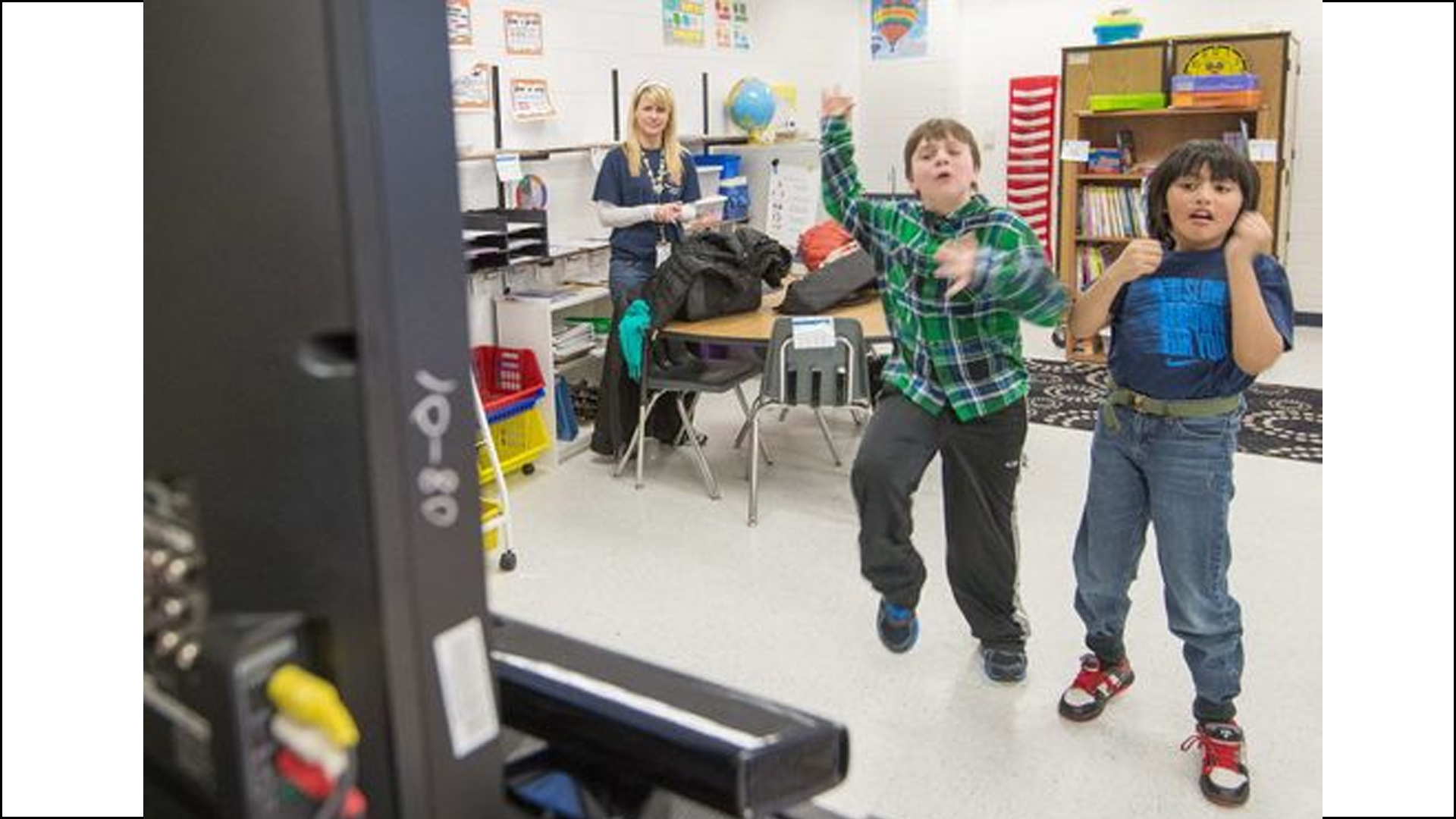(USA Today) Autism rates climbed nearly 30% between 2008 and 2010 and have more than doubled since the turn of the century, according to a new study from the U.S. Centers for Disease Control and Prevention. The condition is now believed to affect one of every 68 8-year-olds – up from one in 88 just two years earlier.
That means virtually every grade in every elementary school has at least one child with autism – a seemingly astonishing rise for a condition that was nearly unheard of a generation ago.
What's still unknown is the driver of that increase. Many experts believe the rise is largely due to better awareness and diagnosis rather than a true increase in the number of children with the condition.
"We don't know the extent those factors explain in terms of the increase, but we clearly know they do play a role," said Coleen Boyle, director of the National Center on Birth Defects and Developmental Disabilities at the CDC. "Our system tells us what's going on. It (only) gives us clues as to the why."
The aging of parents is also known to be a factor; the chances of autism increase with the age of parents at conception.
"But that's not the whole story is it?" said Robert Ring, chief science officer for Autism Speaks, a research and advocacy group. Whether something in the environment could be causing the uptick remains "the million-dollar question," Ring said.
Despite their concern, experts said they were not surprised by the increase, because other data had suggested the numbers would continue to climb. In New Jersey, for instance, autism rates were 50% higher than in the rest of the nation in 2000, and they remained that much higher in 2010 – suggesting the national rates will continue to rise to catch up, said Walter Zahorodny, a psychologist who directs the New Jersey Autism Study. "To me it seems like autism prevalence can only get higher," he said.
The new study also showed that blacks continue to lag behind whites and Hispanics in diagnoses. Zahorodny, also an assistant professor at Rutgers New Jersey Medical School, said the gap has persisted for so long that he thinks it may be real – that blacks may be less vulnerable to autism for some unknown reason. Others are quicker to blame lack of medical access for the difference.
"We know that there are significant under-diagnosis problems in minority communities and among women and girls," said Ari Ne'eman, a member of the National Council on Disability and president of the Autistic Self-Advocacy Network, which represents adults on the spectrum. The new CDC numbers show five times more boys with autism than girls. The girls and blacks who have intellectual disabilities as well as autism are getting counted, but the smarter kids are not, he said. "Many of the cases that are easier to miss are being missed in those populations."
To be diagnosed on autism spectrum, someone must have deficits in three areas: communications, social skills and typical behavior. Roughly one-third of the children in the CDC study also had intellectual deficits, with the remainder showing normal or above-average intelligence.
To come up with its new figures, the CDC reviewed medical and school records from 2010 at 11 different sites across the country. There is a huge range in autism prevalence across those sites, from one child in 175 found with autism in Alabama, to one in 46 in New Jersey. Boyle said the difference may be explained, at least in part, by differences in community resources for identifying and serving children with autism. Other reporting sites were in Arizona, Arkansas, Colorado, Georgia, Maryland, Missouri, North Carolina, Utah and Wisconsin.
The CDC has used the same method to determine autism prevalence every two years since 2000, showing a 120% increase in autism rates between 2000 and 2010.
The average age a child is diagnosed with autism has fallen, but remains above age 4 – though diagnosis is possible by age 2. Research suggests that the earlier a child with autism receives therapy the better the chance of limiting their deficits.
The message to parents is that if they have concerns about their child's early play, speech or movement, they should raise those concerns with parents, Boyle said.
Prevalence rates quickly become fodder for politics. Several members of Congress and advocacy groups took the opportunity Thursday to promote continued funding for autism treatment and research. The $780 million Combatting Autism Act is currently up for renewal.
"This is a loud message to people in Washington that we need leadership here," said Liz Feld, president of Autism Speaks. "A national strategy that addresses all the needs of the autism community across the lifespan is what is needed now more than ever."
Others criticized the suggestion that the rising numbers reflect an "epidemic" of autism. Instead, Ne'eman argued: "Autism is something that we're born with, that always existed."
![link farm 3/19[ID=6599523] ID=6599523](/Portals/_default/Skins/PrestoLegacy/CommonCss/images/embed.jpg)


![Autism [ID=6962691]](http://moc-assets-prod.gannett-cdn.com/-mm-/33d97f8a03d5ea06baca0f7a30eca34c8bd87643/r=500x281/local/-/media/WTSP/WTSP/2014/03/27/1395942417000-autism.jpg)
